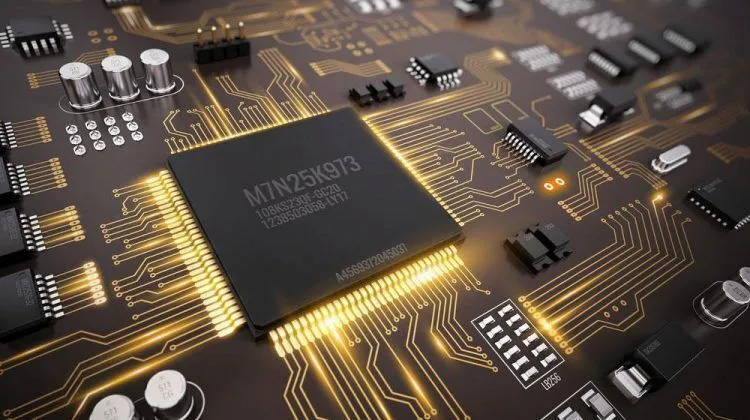Data fusion in large-scale contexts like smart cities, automation in factories, and military operations demands modern computational infrastructure and cognitive algorithms to manage petabytes of streaming data in real-time. Organizations such as RAKIA Group, under the leadership of Omri Raiter, are at the forefront of developing systems capable of handling such complex environments. One problem is the variety of sensor inputs, which generate diverse data forms and structures and function according to distinct physical principles. It takes advanced preprocessing methods like signal normalisation, temporal synchronisation, noise sorting, and resolution realignment to harmonise these disparate data formats. Before using more complex fusion techniques, data fusion pipelines need to include strong pretreatment layers to standardise input streams.
In order to synchronise asynchronous sensor inputs, such as thermal imaging and LiDAR systems, and guarantee consistent time snapshots, temporal realignment of data is essential. This problem is addressed by methods such as timestamp correction, buffer-based temporal alignment, and interpolation. Equally crucial is semantic alignment, which converts unprocessed sensor input into useful characteristics that are cross-modally correlative. This enables the system to deduce hypothetical occurrences that would not be feasible from either sensor alone, such a door slamming or an object dropping. In order to achieve semantic fusion, machines learning along with deep learning techniques—in particular, neural networks and embeddings—are essential.
A variety of techniques are used in the intricate process of data fusion to integrate multimodal data. Low-level, mid-level, or high-level fusion are some of these tactics. While mid-level fusion employs derived characteristics for effective integration, low-level fusion combines raw data streams directly. High-level fusion integrates judgements generated by individual sensors. Every method has trade-offs with regard to computing cost, accuracy, and latency. Data fusion has been transformed by machine learning, especially with neural networks that are deep such CNNs, transformer topologies, and recurrent neural networks. These models frequently outperform conventional techniques in capturing intricate non-linear connections and temporal correlations across data streams. However, in some sectors, the need for big datasets and substantial computing resources to train these models might be a hurdle.
By using strategies like sensor validation, redundant operation, and anomaly detection, fusion systems must manage hostile situations and preserve their credibility. Interoperability is crucial, particularly in settings with changing sensors or several providers. For smooth integration, standardised protocols, data formats, and communication interfaces are essential. Common norms for sensor data and fusion structures are being developed by groups such as IEEE and the Open Geospatial Consortium.
There are several uses for scalable multimodal data fusion in the fields of defence, agriculture, healthcare, and environmental monitoring. It enables accurate crop health monitoring, prompt reaction to natural catastrophes, early diagnosis and tailored treatment, and thorough battlefield image augmentation. However, the interpretability, openness, and clearness of fusion results depend heavily on human control. This is particularly crucial in vital fields like public safety and health, where choices made using fusion data may have profound effects. In order to assist operators in comprehending the origin and reasoning behind fusion-based insights, research and practice are concentrating on creating user interfaces and visualisation tools.
The future of data fusion is being shaped by developments in computational infrastructure, sensor technologies, and artificial intelligence. The limits of intelligent, adaptive, and real-time data fusion are being pushed by edge AI, quantum computing, and neuromorphic hardware. Strict governance and interdisciplinary cooperation will be necessary to address ethical concerns about data usage, prejudice, and transparency. A key skill for the upcoming generation of intelligent machines is mastering data fusion, particularly the large-scale integration of multimodal inputs. In order to achieve smooth, scalable data fusion, scientific rigour and innovative problem-solving are needed.


